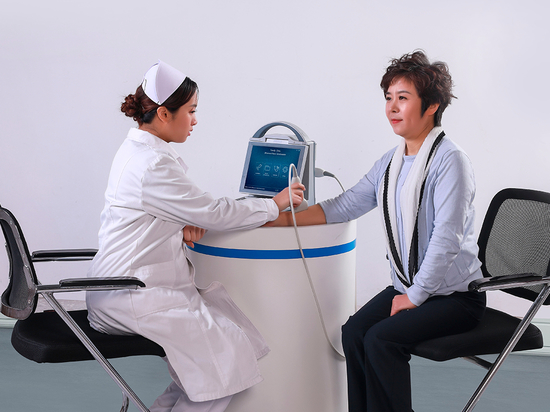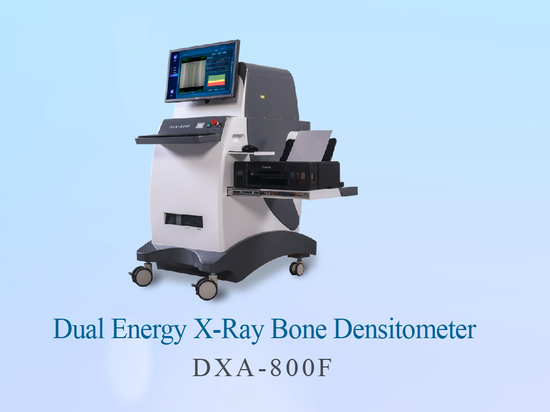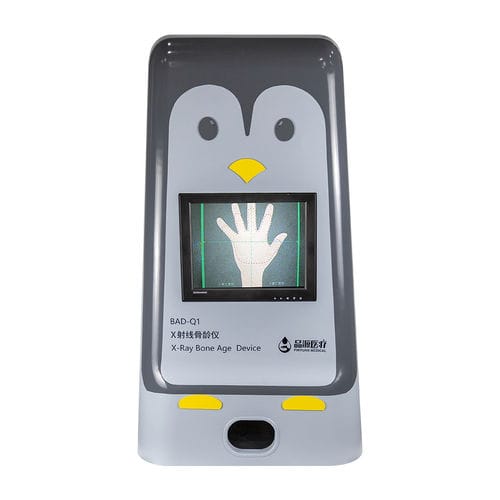
#Industry News
Why Monitor bone age: A scientific Quest for growth
Different from our actual age, bone age can more accurately reflect the level of growth and maturity of an individual.
In the child's growth process, parents always pay special attention to the child's height, weight and other development indicators. However, in addition to these obvious indicators, there is another important and often overlooked test - bone age monitoring. So why monitor bone age? This article will take you into this scientific exploration of growth and uncover the mystery of bone age monitoring.
What is bone age?
First, let's understand what bone age is. Bone age, as the name suggests, refers to the age of the bones, which is the biological age of an individual by detecting the degree of bone development. Different from our actual age, bone age can more accurately reflect the level of growth and maturity of an individual. Usually, bone age testing is done by taking an X-ray of the left wrist, and the doctor will determine bone age based on a specific image of the bone on the X-ray.
The importance of monitoring bone age
1. Assess growth and development
Bone age is an important tool to assess the normal growth and development of children. The rate of height and weight gain in children is closely related to age, but there are different standard ranges at different ages. If a child's height or weight deviates from the standard curve, such as being more than two standard deviations below or above the standard curve, there may be growth and development problems. At this time, bone age monitoring can determine whether the growth and development of children is in a normal state, helping parents and doctors to discover and solve problems in time.
2. Predict adult height
In addition to assessing current growth and development, bone age can also predict a child's height as an adult. If the bone age is larger, it indicates that the bone growth rate is faster, may enter puberty earlier, and the epiphyseal closing time will be correspondingly earlier, resulting in a shorter bone growth cycle, and the adult height may be lower than the standard value. Conversely, if bone age is small, it may mean a slower rate of bone growth, a later closing time of epiphysis, a longer time for bone growth and development, and a relatively high height in adulthood. This predictive function is especially important for parents to help them better plan their children's growth.
3. Diagnose endocrine disorders
Endocrine diseases are one of the important factors affecting children's growth and development. Common endocrine diseases include hyperthyroidism, hypothyroidism, and growth hormone deficiency. These diseases often lead to abnormal changes in bone age in children. For example, in precocious puberty, bone age is greater than actual age; Bone age is less than actual age when growth hormone is deficient. With bone age monitoring, doctors can detect these abnormalities in a timely manner and combine them with other clinical information for diagnosis and treatment.
4. Assist in the diagnosis of genetic diseases
Some hereditary diseases can also cause abnormal bone age in children. The symptoms of these diseases may be similar, so a combination of complementary tests is needed to confirm the diagnosis. Bone age monitoring, as an important means, can provide an important basis for the diagnosis of hereditary diseases. For example, patients with genetic diseases such as congenital ovarian syndrome and congenital testicular syndrome often have abnormal changes in bone age.
5. Understand fracture healing and prognosis
For patients with limb shortening due to trauma or other factors, bone age monitoring is also an important means to understand fracture healing and prognostic effects. The speed and degree of fracture healing can be judged by monitoring the changes of bone age at the fracture site, so as to provide scientific basis for making rehabilitation plan.
To sum up, monitoring bone age is of great significance for the healthy growth of children. It can not only help us assess whether the growth and development of children is normal, predict their adult height, but also help diagnose endocrine diseases and genetic diseases, and understand the healing of fractures and prognostic effects. Therefore, it is recommended that parents regularly take their children for bone age monitoring in order to detect and solve problems in time to promote the healthy growth of children. At the same time, we should also recognize that monitoring bone age is only one way to assess child growth and development and needs to be combined with other clinical information and physician recommendations.






